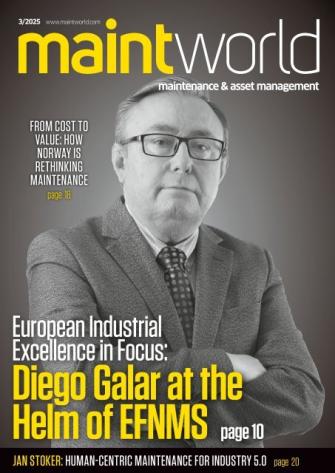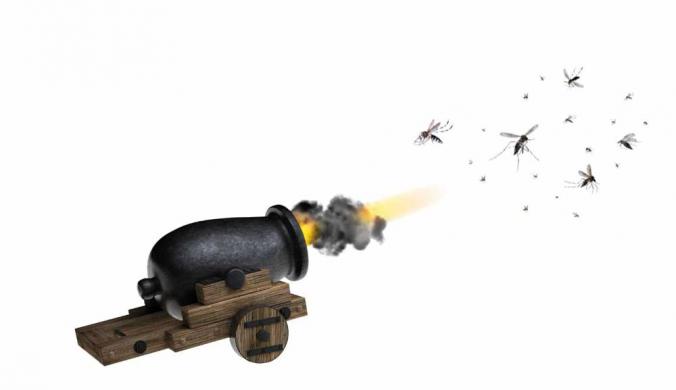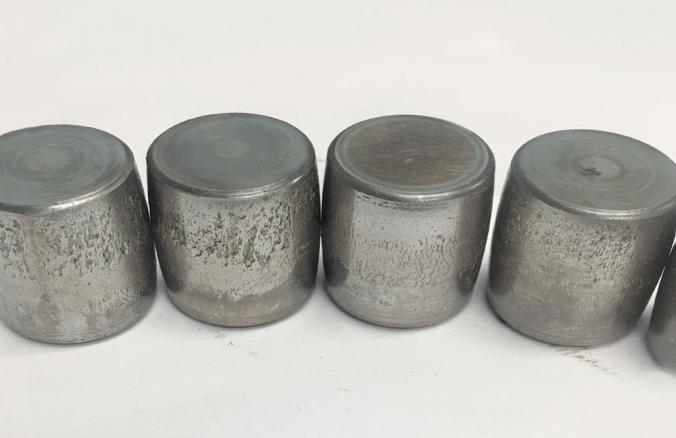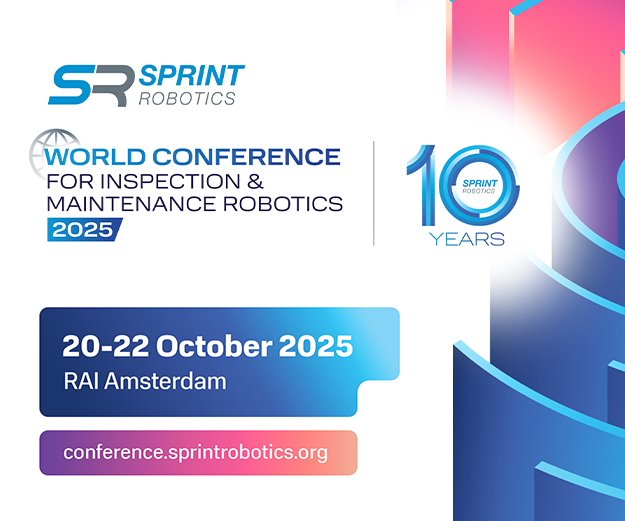Should we treat our technicians like surgeons? And how can the concept of "Blue Boxing" help us out?
It really is a challenge to find good technicians, hold on to them and expand the technical talent. This is the case today, and it will probably be the same in the years to come. Therefore you would expect that we properly support our technicians and provide an environment in which they can develop their technical talent to the fullest. But our actions often tell a different story.
In practice about thirty to fifty percent of a technician's time is lost on tasks that have no added value or that could be performed by non (or less) technically trained personnel. This varies from arranging the right spare parts, preparing the necessary tools, waiting for permits, collecting and guiding external contractors, obtaining the appropriate Personal Protective Equipment and performing tasks in pairs or threesomes when this is not really necessary.
A surgeons task
What is the deal here? The added value of professional Planning & Scheduling is often still misunderstood. Some people are convinced that only the technician can do the work preparation themselves. Others think that we are going to impoverish the job of a technician if all they do is tinker.
In practice, about thirty to fifty percent of a technician's time is lost on tasks that have no added value or that could be performed by non (or less) technically-trained personnel.
Here the comparison with a surgeon in an operating room comes to mind. Do we ask the surgeon to prepare all the tools by him- or herself? Does he or she prepare the patient and, when the operation is over, clean the operating room afterwards? I admit that the technician’s tasks versus those of a surgeon are a mile apart, but still there are comparisons to be made. A surgeon has to diagnose, operate and monitor the healing. He or she is most of the time relieved of all other tasks. You could say the surgeon is taking care of a special kind of asset: the human body.
The technician on the other hand, is taking care of other complicated assets. Their focus must be on the correct technical analysis, the implementation of the preventive or corrective actions and the associated aftercare. Shouldn’t he or she be relieved of all other tasks?
Blue Boxing
The concept of ‘Blue Boxing’ or ‘kitting’ consists of preparing containers for all plannable maintenance tasks that will be carried out in the coming period. These bins contain the spare parts, the work order, the adjustment instruction, the assembly sequence, the risk analysis and all other necessary agreements.
We can also prepare specific tools that are not part of the standard equipment of every technician in a separate box. The boxes can be filled by the warehouse manager, the work preparer or by supporting staff. This can be executed during the ‘cheaper’ hours of the day, or this might be a smart way to use eventual idle time.
For larger jobs and accompanying pieces, you can opt for palettes, but the concept remains the same. When all boxes or palettes are filled, a final check for completeness can take place and everything is ready for executing the engineering task. In this way, the technicians can take the box that corresponds to their assignment at the start of their shift and get to work immediately.
Opportunity maintenance
This way of working also offers a chance for ‘opportunity maintenance’. What is it? Imagine we have prepared the boxes for a scheduled stop next week. A few days before the stop, there suddenly is a logistical problem with the supply of a crucial raw material. The logistics department is doing everything it can to speed up the delivery, but is already saying that we will be idle in a certain department for at least four hours. At that moment we can use the opportunity and start performing a number of maintenance tasks with a lead time of less than four hours. All boxes are ready and everyone can get started in a very short term.
In this way we can usefully fill in the loss time, due to the logistics problem and we may be able to shorten or cancel the next planned stop for this department. By being maximally prepared, we can use these opportunities and this is why we call this ‘opportunity maintenance’.
Conditions
This probably sounds like roses and moonshine. Like ‘too good to be true’. And indeed, it takes some time to arrange this and get used to this new way of working. Blue Boxing must be done thoughtfully and a number of clear agreements are needed. The boxes or pallets may under no circumstances be regarded as grab stock for (urgent) interventions. If boxes are looted, this immediately causes great frustration during execution of the prescripted task. Confidence in the approach disappears and we go back to the old-fashioned method.
It is also important to make good agreements for the reintegration of unused parts and the return of parts that need to be repaired. When preparing the box, we often start from a ‘worst case scenario’. This means that we are preparing for the situation where we have to replace a complete kit of parts. In reality we may not need all the components and it is useful to reintegrate the unused parts back into the warehouse.
Blue Boxing will not solve the scarcity of technical talent, but on the other hand, it can dramatically boost the efficiency of the maintenance executive team
Technically, there are various solutions to properly arrange this with the supporting EAM system. There are companies that regard the boxes or pallets as a virtual warehouse and only book the items when the actual consumption is known. But here too there are various possibilities.
Efficiency
Blue Boxing will not solve the scarcity of technical talent, but on the other hand, it can dramatically boost the efficiency of the maintenance executive team. This allows more work to be done with the available team of technicians. Another positive side effect: it increases the satisfaction of the technicians. Searching for the right spare parts, finding the necessary tools, waiting for permits, looking for the right adjustment instruction et cetera are all sources of frustration.
Perhaps the metaphor will help us see our technicians as surgeons, but without the green skirts of course.
Text: Peter Decaigny, Partner, Mainnovation
Photos: Mainnovation, Freepik









![EMR_AMS-Asset-Monitor-banner_300x600_MW[62]OCT EMR_AMS-Asset-Monitor-banner_300x600_MW[62]OCT](/var/ezwebin_site/storage/images/media/images/emr_ams-asset-monitor-banner_300x600_mw-62-oct/79406-1-eng-GB/EMR_AMS-Asset-Monitor-banner_300x600_MW-62-OCT.png)




